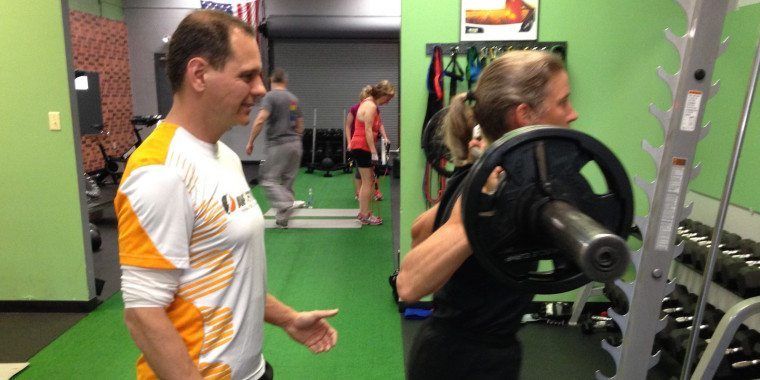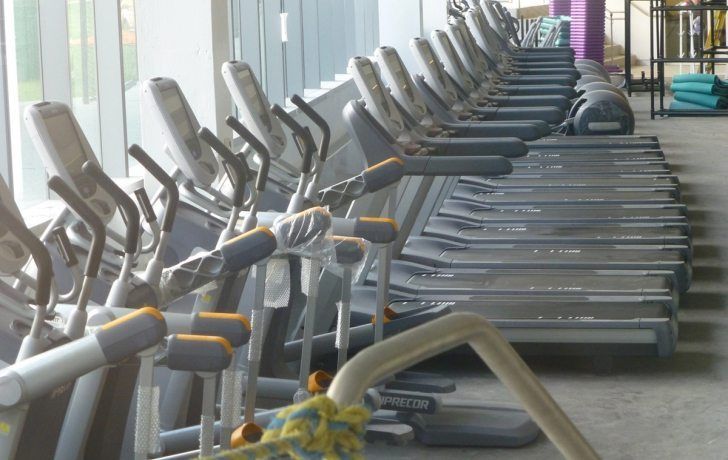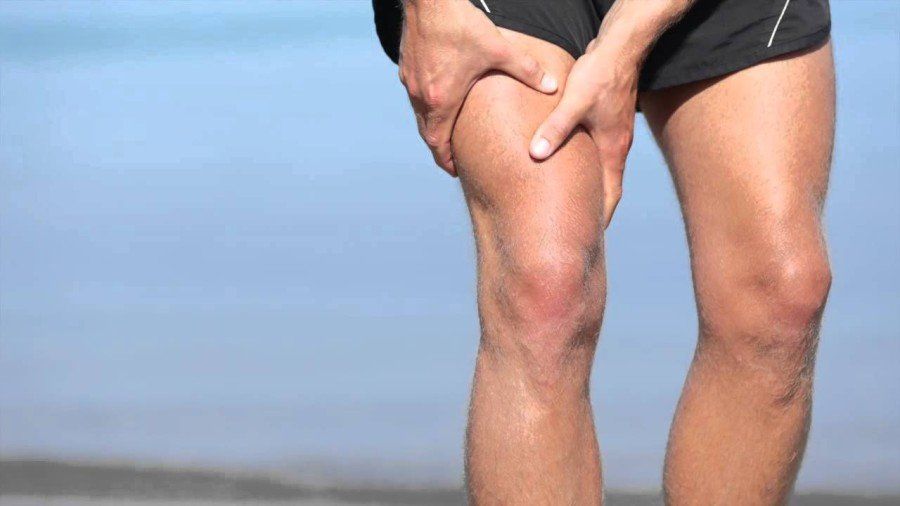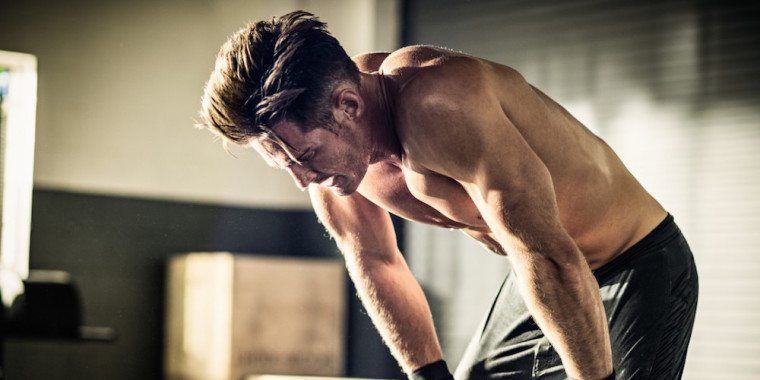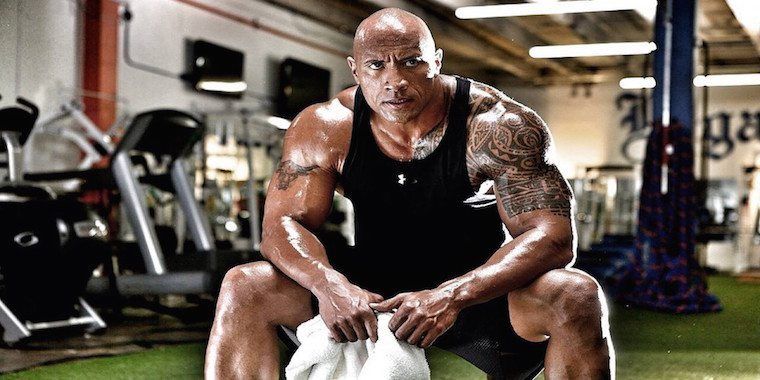Water is one of the most important components of the body as, among other functions, it assists in the transportation of nutrients, helps lubricate joints and body tissue, aids in digestion, and regulates and maintains body temperature through sweating.
That last component is an important one as you are almost certainly going to sweat during your workout as exercise results in an elevation in your body’s temperature. How much your temperature changes depends on a number of factors, ranging from the intensity and duration of your workout, the clothes you wear, how hot (or cold) it is in the gym, and your metabolic rate. Your body compensates for all this by sweating and the evaporating sweat helps your body to cool down.
Along with a drop in your body’s temperature, you will also lose water and electrolytes (the primary composition of sweat), which can lead to dehydration or, in case of excessive fluid intake, hyponatremia, or low sodium in the blood. If water and electrolytes are not adequately replaced, you may see a decrease in your performance during your workout or, in extreme cases, experience a health problem.
Everyone is different when it comes to how much they sweat and how much they need to replenish fluids before, during and after a workout. With that in mind, here are some guidelines from the American College of Sports Medicine to help keep you properly hydrated.
Staying in balance
Feeling thirsty? Well, that is your body telling you that it has started down the road toward dehydration. That is why it is important to drink something before you feel thirsty and continue to drink throughout the day (water, that is).
One method of checking your hydration status, according to the American College of Sports Medicine, is by weighing yourself the morning of a workout and again after your workout. Comparing the two weights will help you estimate your sweat loss and corresponding fluid requirements. If you lost any weight it is likely because of fluid loss and you will need to replenish those fluids to stay properly hydrated. As long as you haven’t loss more than 3 percent of your body weight, you are good.
Impact of dehydration
Dehydration is the loss of essential fluids and salts and occurs when your body loses more fluids than it consumes.
According to the American College of Sports Medicine, dehydration can lead to:
Muscle fatigue
Loss of coordination
An inability to regulate body temperature
Heat illness, such as cramps, heat exhaustion or heat stroke
Decreased energy and athletic performance
Hydrating before exericise
Because everyone is different, there is no one set guideline for how much you should drink before a workout. But the American College of Sports Medicine recommends that you drink:
16-20 fluid ounces of water at least four hours before exercising
8-12 fluid ounces of water 10-15 minutes before exercising
Drinking water with salt and/or with a small meal can stimulate your thirst and help you retain fluids.
Hydrating during exercise
You should:
Drink 3-8 fluid ounces of water every 15-20 minutes if you are exercising for less than 60 minutes
Drink 3-8 fluid ounces of a sports beverage (5-8 percent carbohydrate with electrolytes) every 15-20 minutes when exercising for more than 60 minutes.
Do not drink more than one quart an hour during exercise
Hydrating after exercise
Check your body weight to estimate your fluid loss. Your goal should be to correct your losses within two hours of exercising by drinking 20-24 fluid ounces of water for every one pound lost in body weight.
Remember, sweat is a good thing – it makes you breathe faster, your heart works more, your circulation improves and you experience an increase in your metabolism.
Just be sure to stay properly hydrated!
(Photo courtesy of www.123wallpapers.in)
